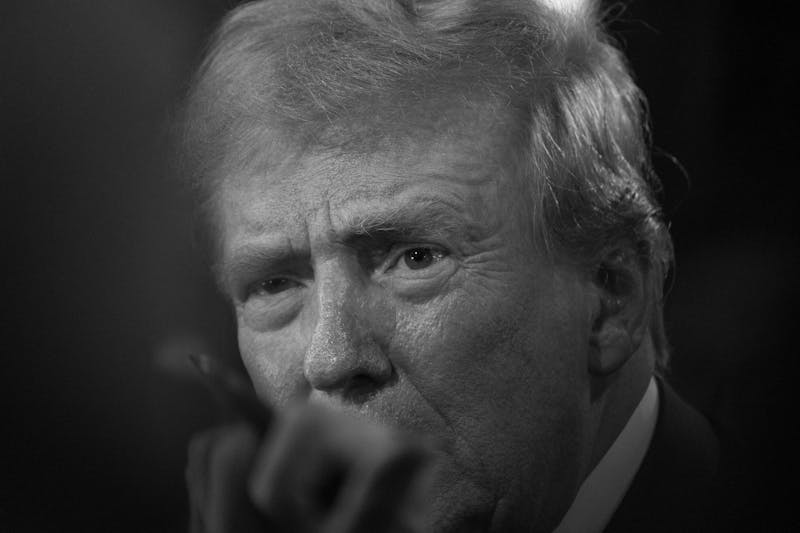Last week, television made history by broadcasting more than 90 hours of uninterrupted coverage.
It was the longest continuous coverage of any news event on American networks ever, during which time networks lost an estimated $30 million each day in advertising.
Americans across the country gathered around their televisions and tuned in to see the terrible events unfold. Over and over, Americans watched helplessly as the hijacked planes flew into the World Trade Center, as one tower crumbled, and then the other.
Within hours, computer graphics and headlines had been generated, proclaiming in red, white and blue: "America Under Attack" and "America United."
It wasn't until after those 90 hours were up that television stations went back to regularly scheduled programming or began running commercials again.
"I think it's highly important that the networks started to move back into regular programming after we had a memorial service, a congressional hearing authorizing Bush to declare war and a declaration of war," said Barbie Zelizer, a professor at the Annenberg School for Communication. "That moved us out of the initial grieving period, and into a resolved period that comes next."
As networks begin to restore normalcy, further questions arise about how to continue covering the tragedy as the nation gets back to business.
"I think there's a lot of debate within the networks... right now about what `normal programming' is," Communications Professor Joseph Turow said. "What kinds of war movies should they show? Should they show movies with the World Trade Center in them? When does a disc jockey go back to his or her funny routine in the morning? It's an issue that requires a certain amount of sensitivity."
With the constant bombardment of updates and images of a highly emotional topic, the line between journalism and sensationalism can become blurred. However, some experts say the major networks have avoided such pitfalls.
"Clearly people have been horrified by them, but in some sense... this is what happened, and it is part of the terrible tale," Turow said. "I don't think anything can exceed the horror of what went on over there."
With record numbers of viewers watching and reading coverage, the media takes on an even greater role.
"The media in an event like this has two very important functions," Communications Professor Carolyn Marvin said. First, "they have to give us a place where people can come to feel unified... be assured that life will go on, and have concerns validated."
The media also "has a responsibility to get behind it... and to consider what's not obvious, but what's important to understand," Marvin said. "I think the results have made for some very thoughtful and considerate coverage."
Some school officials advised parents not to allow their children to watch some programming, as such sensitive issues may be especially damaging to small children. And indeed, many people have suffered nightmares with the terrible images in them.
However, some say such repetition may be helpful.
"I think that coverage of those images performed a therapeutic function in the sense that seeing them gave us information, at least in the very beginning," Zelizer said. "The repetition is what helps them move through and work through the event... We feel helpless, we feel things are out of our control [but] information helps us heal."
She added that coverage borders on dysfunctional when it is overdone.
"For many, the difference between the therapeutic and dysfunctional is a personal choice," Zelizer said.
Journalists themselves have often not been able to remain detached from the emotionally jarring events.
"The scale of the event is such that some of the normal routines are overthrown," Marvin said. "At times like this, the media are less likely to be distanced and critical as they normally are, but [instead] identify with the injured community."
Familiar network anchors like Tom Brokaw, Dan Rather and Peter Jennings gain special importance at a time like this.
"We know when there's a tragedy like this, we turn on our television, that's where we gather, and that's where we use them as a collective point of reference," Zelizer said. "To have familiar faces in times like these is absolutely important."
The Daily Pennsylvanian is an independent, student-run newspaper. Please consider making a donation to support the coverage that shapes the University. Your generosity ensures a future of strong journalism at Penn.
DonatePlease note All comments are eligible for publication in The Daily Pennsylvanian.







